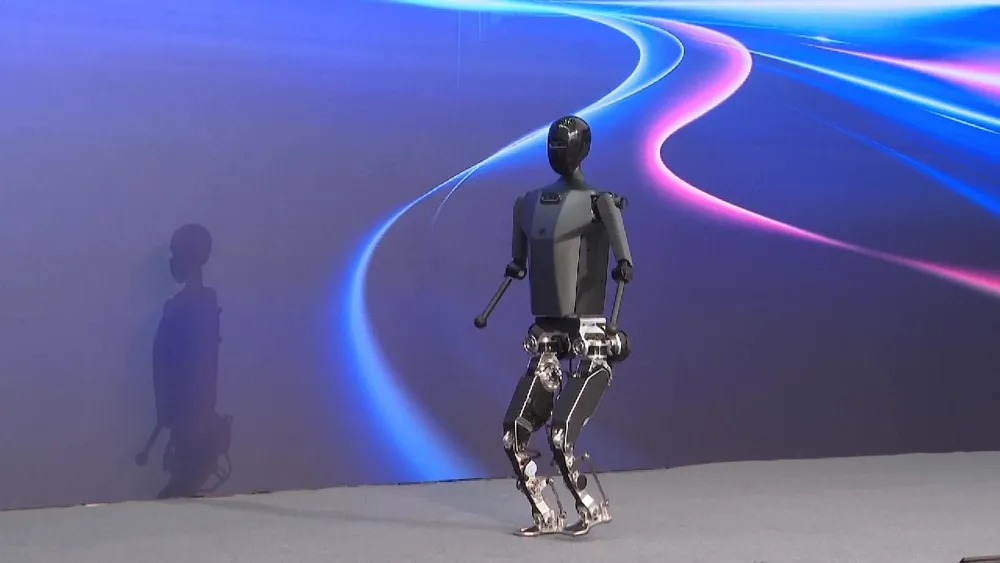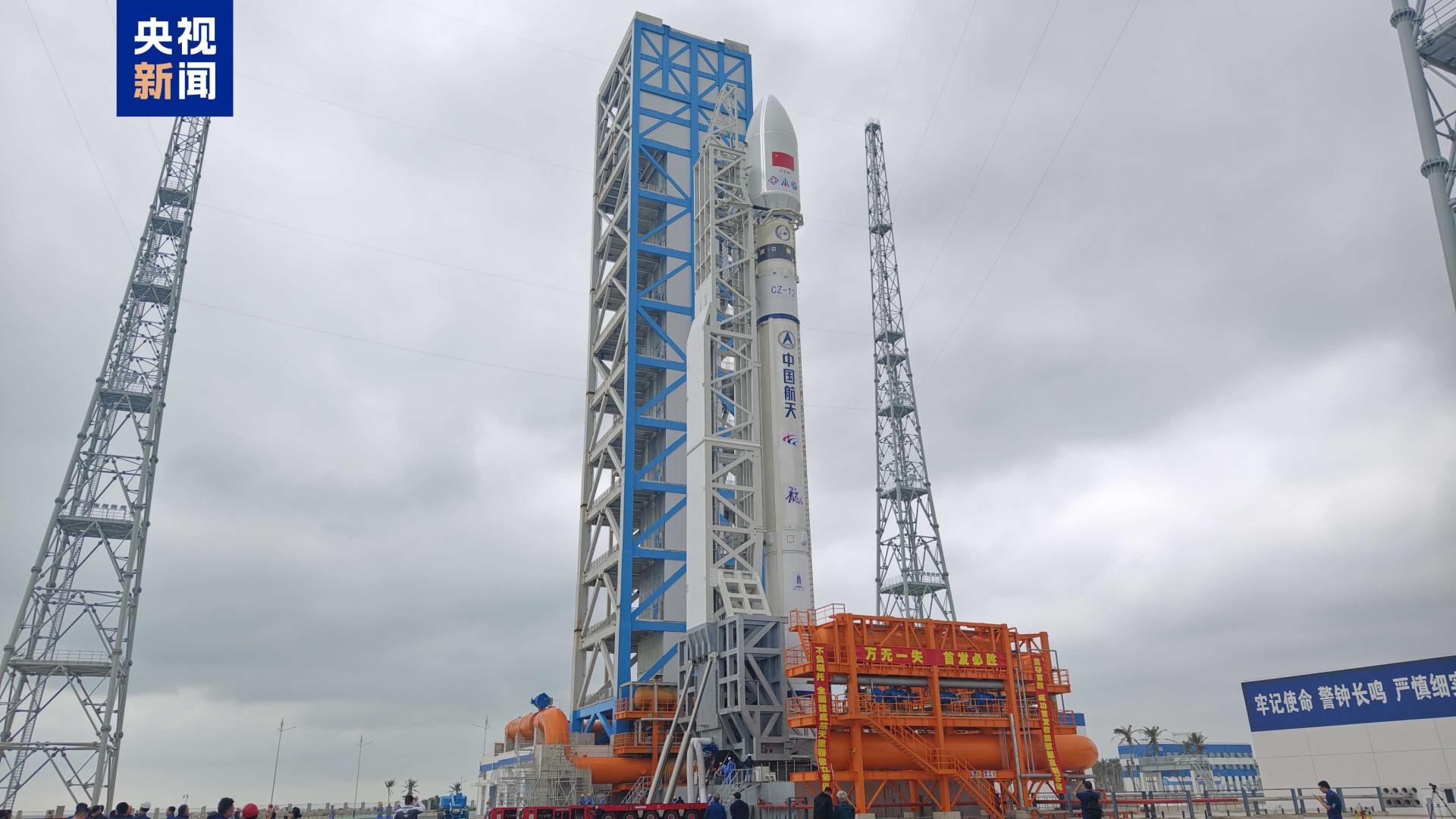Humanoid Robots Boosting China's Innovation Efforts

China is witnessing a significant advancement in humanoid robotics, an area poised to drive innovation across various sectors, including elderly care and manufacturing. These human-like machines are emerging as pivotal components of the nation's growth strategy, known as new quality productive forces, which are essential for long-term economic expansion.
In the southeastern region of Beijing, a striking display highlights the capabilities of these robots. Dressed in stylish designs, these humanoids engage in exercises like tai chi, showcasing their agility and functionality. This scene, however, is not representative of elderly participants; instead, it is a demonstration of the advancements made in robotic technology.
Among the notable achievements is Tien Kung, a black metallic humanoid robot developed by the Beijing Embodied Artificial Intelligence Robotics Innovation Center, also referred to as HUMANOID. Launched just last April, Tien Kung has already marked its place in history as the first fully electric-driven, full-size, embodied intelligent robot capable of completing an anthropomorphic run.
Rick Xiong, the general manager at HUMANOID, expressed excitement over this technological leap, affirming that Tien Kung represents a significant step forward in robotics. The blend of cutting-edge technologies, especially artificial intelligence, positions humanoid robotics as a burgeoning industry attracting global interest and investment.
Xiong argues that the potential for humanoid robots is enormous, envisioning their role in providing care in nursing homes and functioning efficiently in industrial settings like automobile factories. The ongoing advancements in this field suggest that such applications are not far from reality.
Industrial leader UBTECH is already integrating humanoid robots into functional roles, as evidenced by their deployment in a smart auto plant in east China. This practical application signals a shift from theoretical advancements to real-world implementation. Looking ahead, Xiong forecasts substantial growth in humanoid robotics within the next three to five years.
An industrial report indicates that China's humanoid robot market is expected to reach approximately 2.76 billion yuan, or about 387 million dollars, in 2024, with projections soaring to 75 billion yuan by 2029. China's share of the global humanoid robotics market could represent around one-third of the total.
China's conducive ecosystem for robotics is reinforced by its robust high-end manufacturing capabilities, rapid developments in AI, and a growing number of application scenarios. The country boasts the world's most comprehensive industrial system, coupled with a thriving robotics sector that includes over 110 companies in E-Town, contributing to a cohesive industrial chain.
Government policies play a crucial role in nurturing this sector, as evidenced by the Ministry of Industry and Information Technology's recent initiatives to boost the development of robotics. Strategic plans are set to enhance scientific research, support incubators, and cultivate more rising stars in the industry, enabling a conducive environment for technological advancement.
While optimism permeates the industry outlook, Xiong cautions against hasty moves without thorough strategic planning. The burgeoning space is attracting a mix of players, including various tech hubs establishing similar centers to accelerate growth. Despite fierce competition, a substantial proportion of smaller enterprises face challenges, particularly in navigating a landscape dominated by larger players with more significant resources.
As HUMANOID prepares to showcase its technologies at the World Robot Conference in E-Town, Xiong eagerly anticipates collaborations with global partners. The event promises to be a platform for showcasing innovations, with more than 20 humanoid robots set to be revealed, highlighting the rapid progress made in this dynamic industry.
Read These Next

AI Data Pollution: A Growing Concern
A critical analysis of the implications of AI data pollution, its risks, and the importance of maintaining data integrity in AI development.

China set for Long March-12 Y1 rocket launch
China's Long March-12 Y1 rocket launches from Hainan, marking its first single-core liquid launch vehicle and boosting commercial space efforts.

Climate Scientists Warn of Significant Changes in Atlantic Currents
40+ climate scientists warn the Nordic Council that disrupting the Atlantic current could drastically affect weather in Nordic countries.
